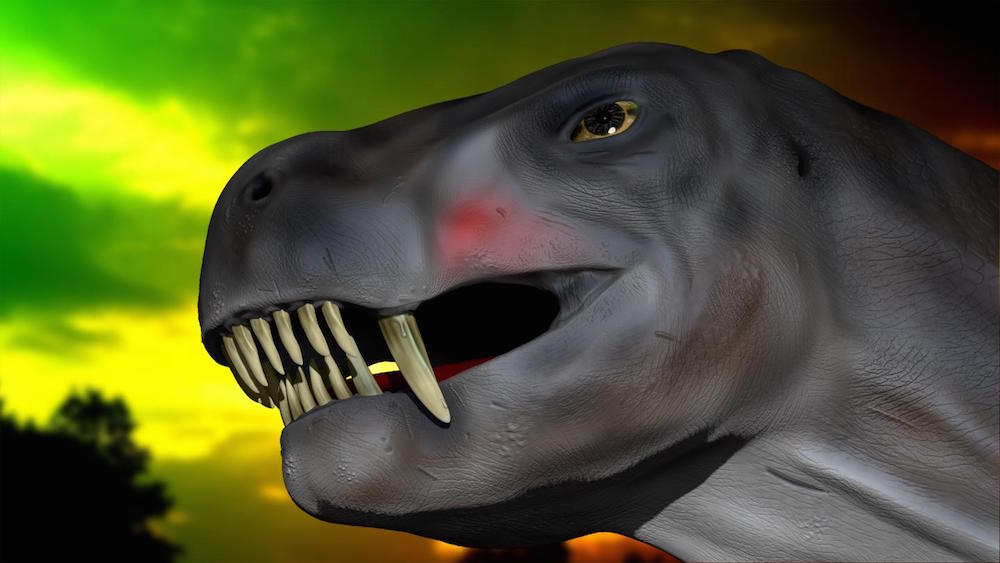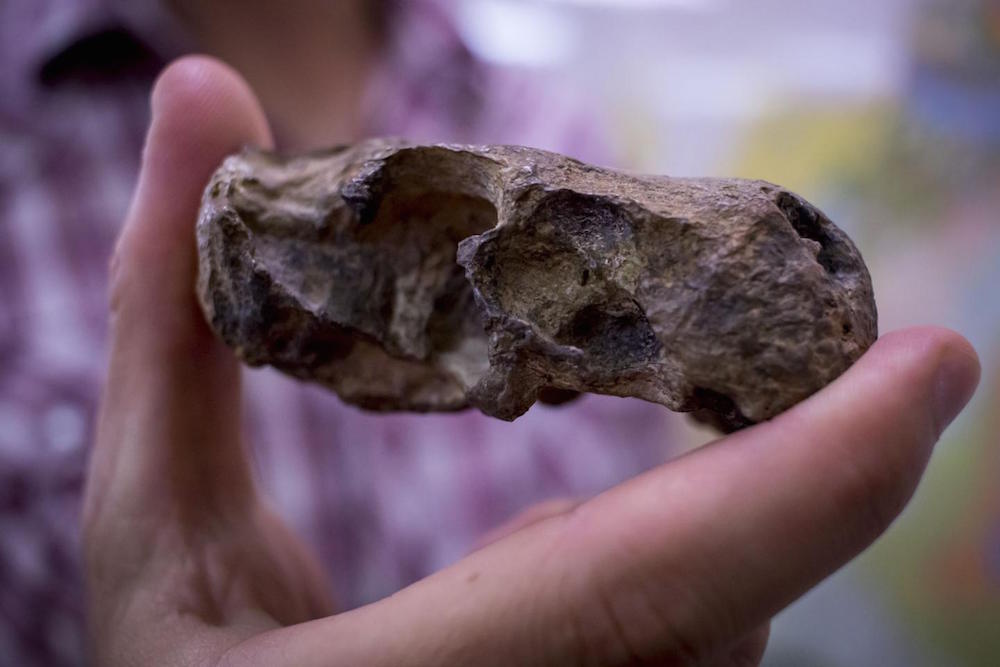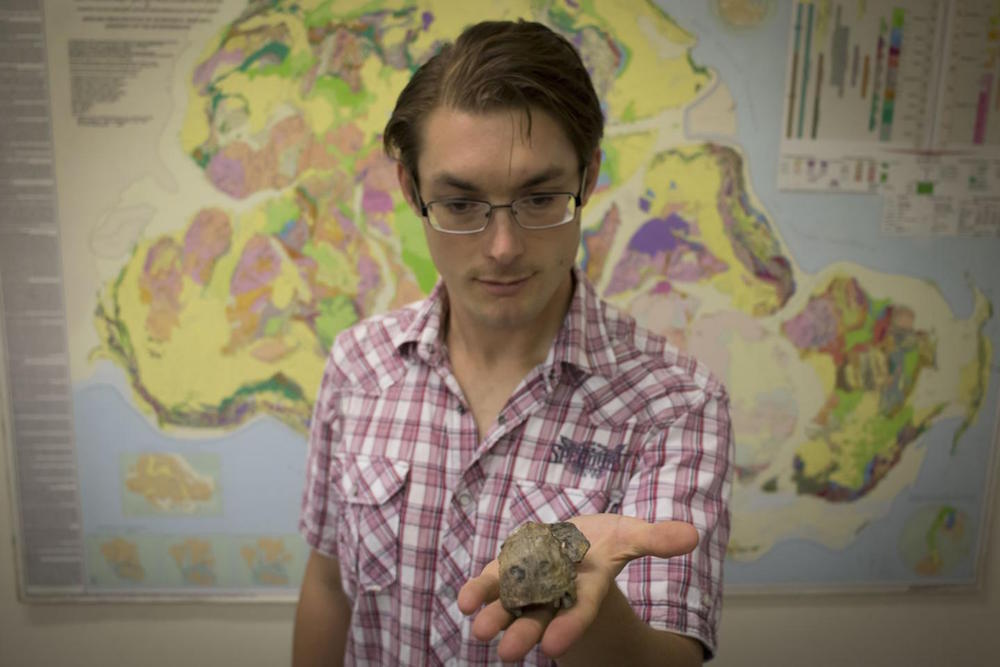Deadly Cocktail: Mammal-Like Reptiles Were 1st Venomous Vertebrates

This story was updated Feb. 16 at 12:48 p.m. EST.
The world's first land-dwelling venomous vertebrate wasn't a snake, but a mammal-like, cat-size reptile that lived before the dinosaur age in what is now South Africa, a new study finds.
The critter, called Euchambersia mirabilis, lived about 260 million years ago, or some 20 million years before dinosaurs walked the Earth. It was part of the therapsid group, meaning it was related to the ancestors of mammals. [In Photos: Mammals Through Time]
"This is the first evidence of the oldest venomous vertebrate ever found, and what is even more surprising is that it is not in a species that we expected it to be," the study's lead researcher, Julien Benoit, a researcher at the Bernard Price Institute for Palaeontological Research at the University of the Witwatersrand in South Africa, said in a statement.
There are only two fossilized E. mirabilis skulls known to the scientific world. Although they were discovered within yards of one another, one was found in 1932 and the other wasn't found until 1966, the researchers said.

However, any venom glands, which are made of soft tissue and so rarely fossilize, were not preserved in the specimens. Rather, scientists found evidence for the venom by looking at the animal's peculiar skull and teeth, they said.
E. mirabilis had an unusually large fossa — a space in its skull. The fossa sits behind the animal's canine teeth on the upper jawand is linked through a gap to the canines, the researchers said.
Sign up for the Live Science daily newsletter now
Get the world’s most fascinating discoveries delivered straight to your inbox.
Many scientists have speculated that a venom gland fit into this large fossa, but no one had rigorously studied the idea, the researchers said. To investigate, the scientists did a micro-computed tomography (micro-CT) scan of one of the skulls, which allowed them to make a digital 3D model of it.

Results showed that the anatomy of the mammal-like reptile had all the characteristics of a venomous animal, including the space for a venom gland, a mechanism to deliver the venom (the link between the fossa and the canines) and an apparatus that could inflict a wound for venom delivery (its ridged teeth), the researchers wrote in the study.
It's likely that E. mirabilis produced the venom in the gland, which then delivered the deadly cocktail into its mouth through a network of bony grooves and canals, the researchers said.
"Today, snakes are notorious for their venomous bite, but their fossil record vanishes in the depth of geological times at about 167 million years ago," Benoit said. "So, at 260 million years ago, the Euchambersia evolved venom more than 100 million years before the very first snake was even born."
In addition, the researchers found that E. mirabilis had previously undescribed teeth: two incisors with preserved crowns and a pair of large canines, all of which had sharp ridges, he said.
"Such a ridged dentition would have helped the injection of venom inside a prey," Benoit said. "Euchambersia could have used its venom for protection or hunting."
The study was published online Feb. 10 in the journal PLOS ONE.
Editor's Note: This story was updated to clarify that Euchambersia mirabilis is thought to be the first known land-dwelling venomous vertebrate, and not the first poisonous animal, on record.
Original article on Live Science.

Laura is the archaeology and Life's Little Mysteries editor at Live Science. She also reports on general science, including paleontology. Her work has appeared in The New York Times, Scholastic, Popular Science and Spectrum, a site on autism research. She has won multiple awards from the Society of Professional Journalists and the Washington Newspaper Publishers Association for her reporting at a weekly newspaper near Seattle. Laura holds a bachelor's degree in English literature and psychology from Washington University in St. Louis and a master's degree in science writing from NYU.









